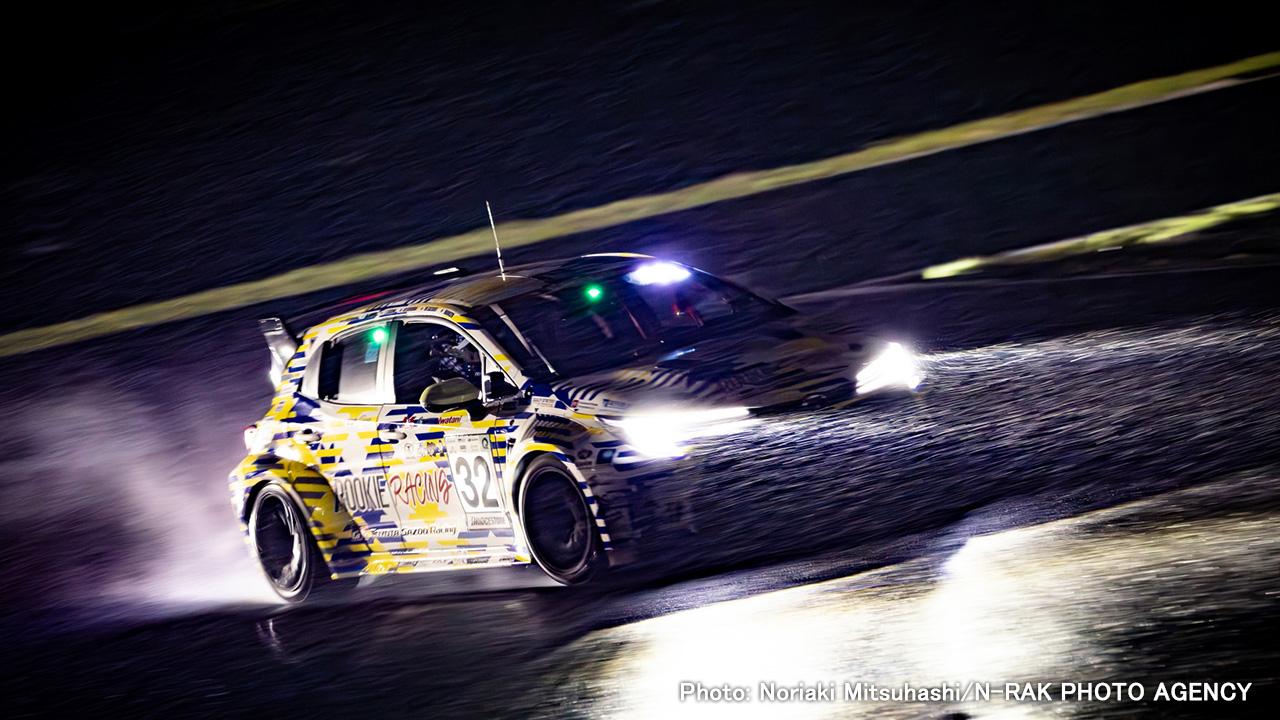
The liquid hydrogen Corolla took on its second Fuji 24 Hours Race. Despite a long stint in the pits, the car showed remarkable advances. We sum up three key areas of progress.
Upgrade 2: Modified hydrogen tank shape
Besides avoiding a pump replacement, this time around, the development team also aimed to increase the car’s range per hydrogen refuel.
Having notched up 12 laps (approx. 54 km) at the Fuji 24 Hours a year earlier, the team extended this to 20 laps (approx. 90 km) at last season’s final round. For the 2024 race, they set their target at 30 laps (approx. 135 km), a further 50% increase.
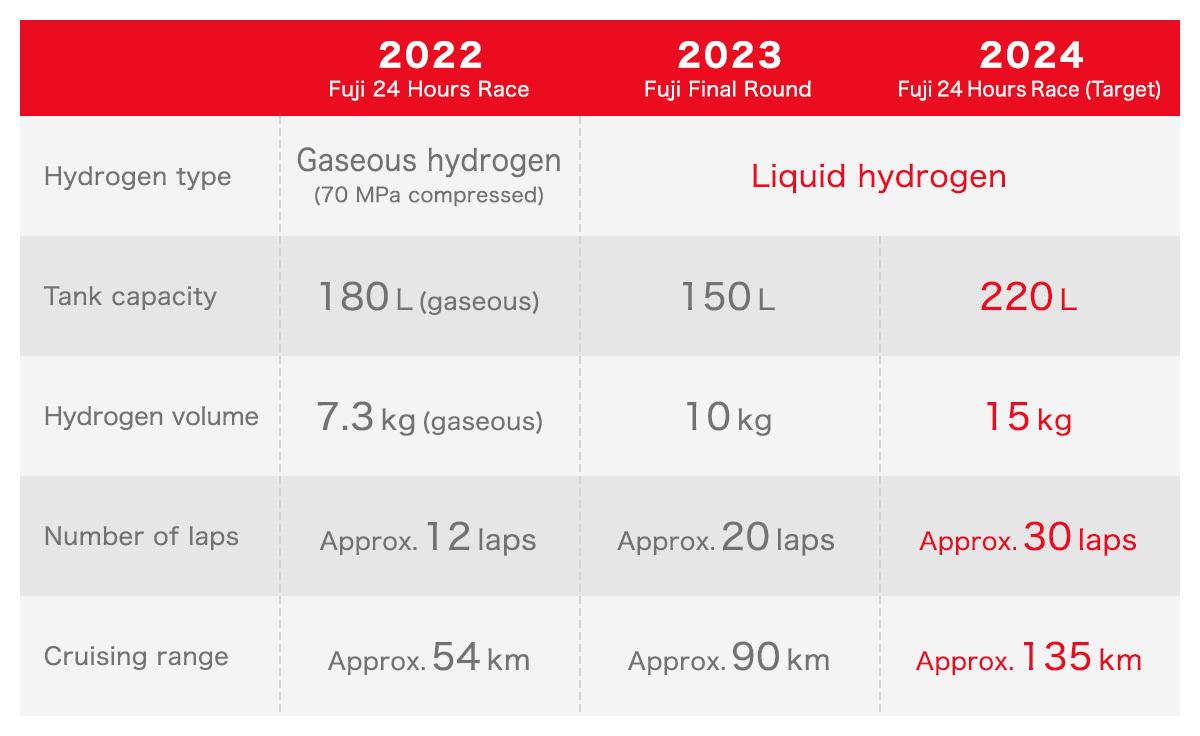
They managed to clear this bar, clocking 31 laps on a full tank.
GR Company President Tomoya Takahashi commented on the significance of the 30-lap milestone.
“We’ve reached the point where we are now on par with cars running on gasoline. I think we were able to show that hydrogen can be just as much fun as gasoline in the field of motorsports.”
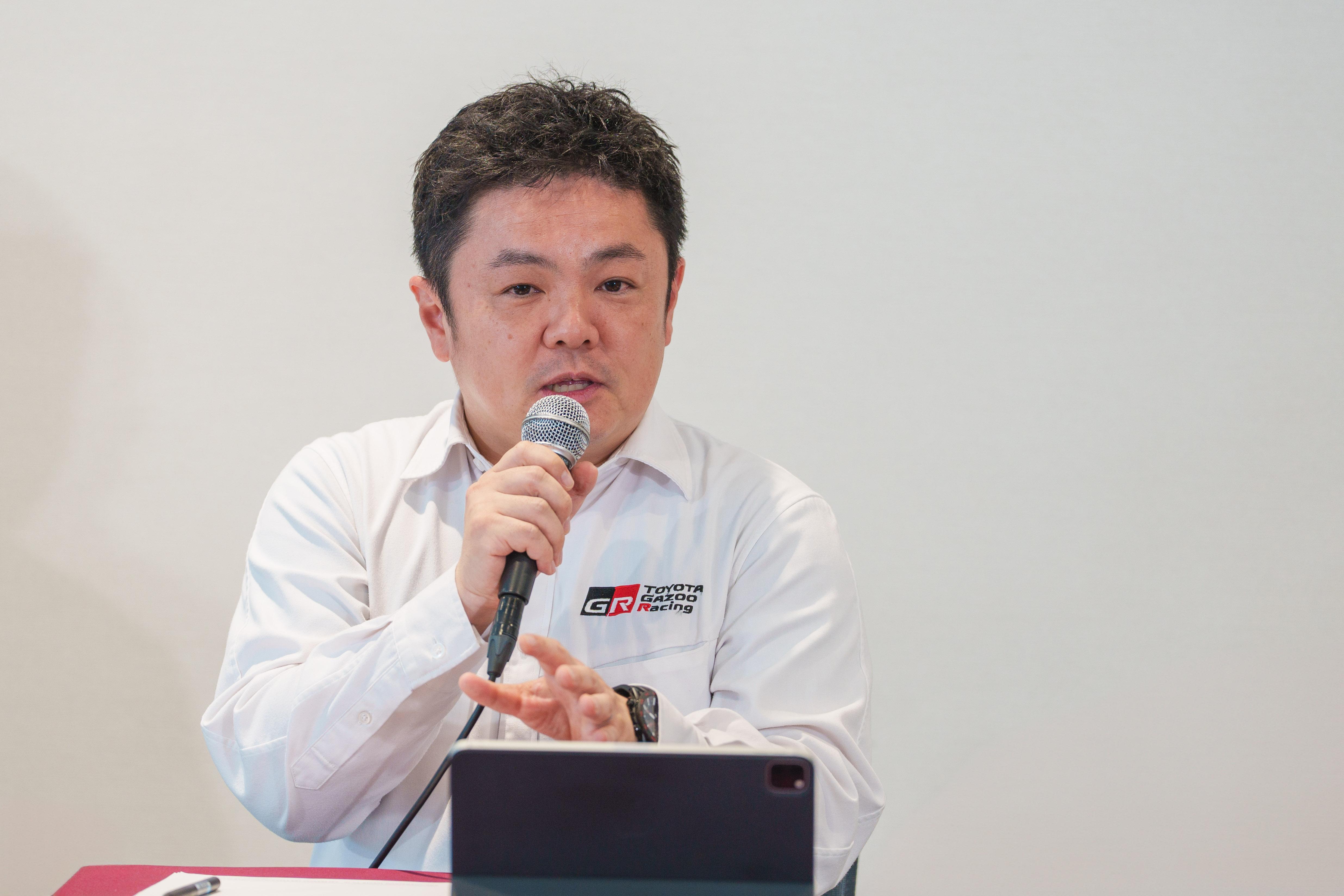
This progress was made possible by changing the fuel tank shape to increase capacity.
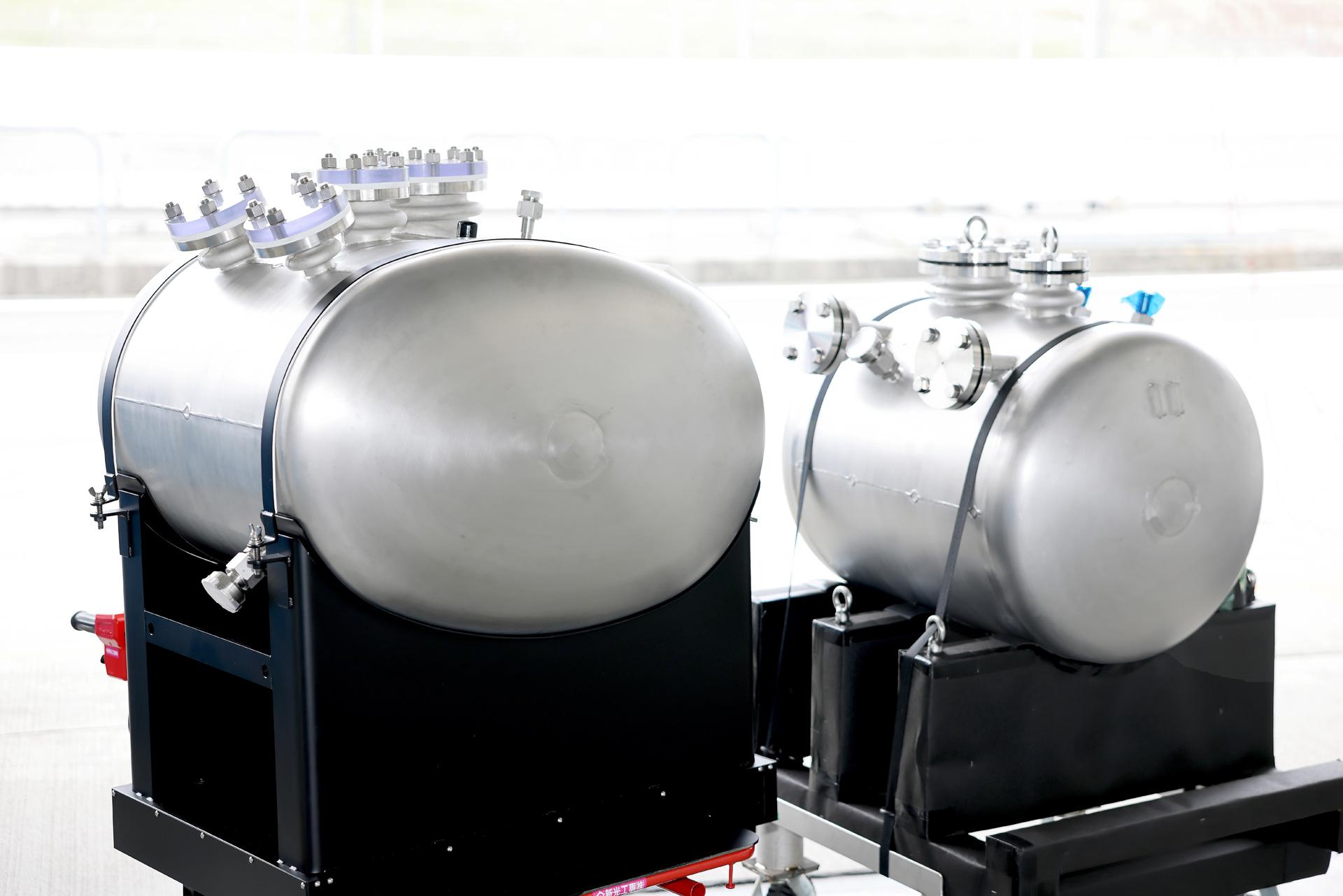
This new shape makes more efficient use of the space inside the vehicle, enabling it to carry 1.5 times more liquid hydrogen fuel than last year.
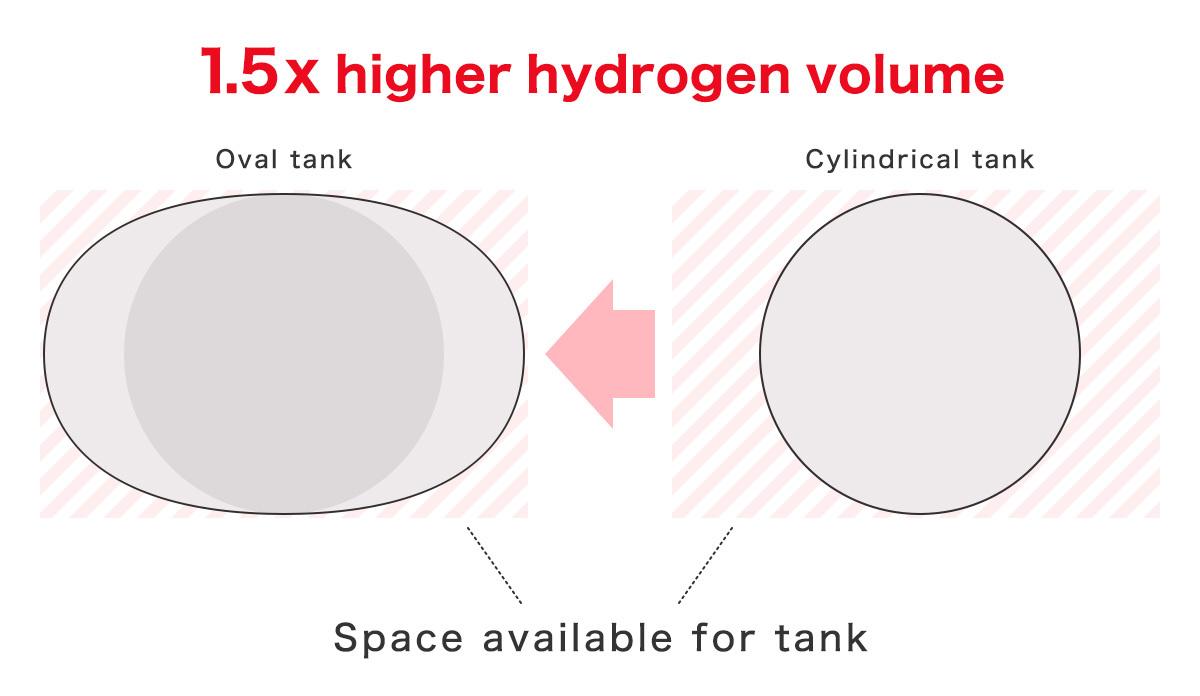
For gaseous hydrogen, tanks are generally cylindrical to ensure that forces are distributed evenly along their walls, allowing them to withstand high pressures of 70 MPa.
By contrast, liquid hydrogen can operate at much lower pressures. With a tank pressure of less than 1 MPa, theoretically, there is no need to stick with cylindrical shapes.
Last year, the team opted to start with a cylinder because, as yet, there are no regulations for carrying liquid hydrogen.
No one in the world had ever tried to race a liquid hydrogen-fueled vehicle before. This was uncharted territory on both the development and testing sides.
This season’s elliptical tank was approved after consulting with the national government and relevant agencies. Toyota proposed safety plans tailored to the car’s driving conditions and verification methods.
While turning a circle into an oval may look simple, “This is a very big step forward, in terms of both legislation and R&D,” says Ito.
As liquid hydrogen tanks establish a track record proving that they are safe even when slightly distended, a more optimal tank strength can be figured out. This will open up new possibilities for further weight reductions and more volume-efficient shapes.
“We want to keep getting the car out on the road like this, building up a record that will confirm it as safe in the eyes of many different people,” says Ito.
Advances in vehicles must be accompanied by updates to regulations and infrastructure. At the same time, Toyota is also working to build partnerships and understanding that will help create a hydrogen society.

